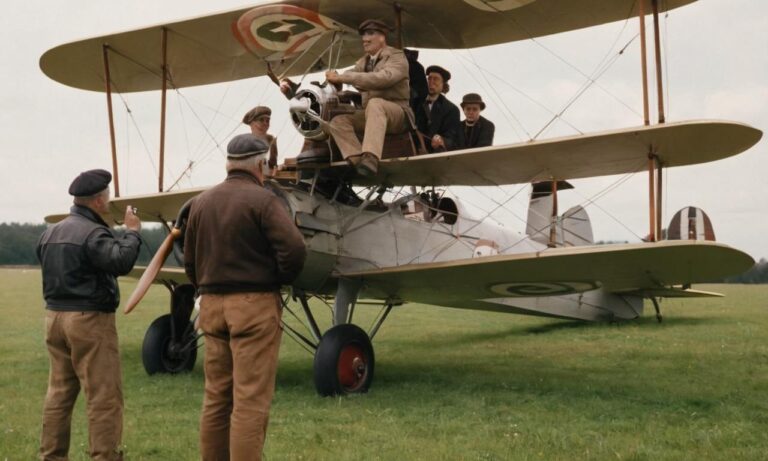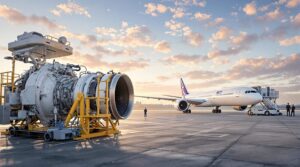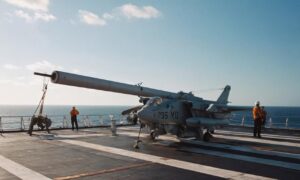Humanity’s journey into the skies is a testament to our relentless pursuit of innovation and progress. The question of who flew the first plane is a pivotal inquiry that takes us back to the early 20th century, a time when the dream of flight captivated the imaginations of visionaries and inventors alike.
The Wright brothers, Orville and Wilbur, are often credited with achieving the first powered flight on December 17, 1903, near Kitty Hawk, North Carolina. Their groundbreaking aircraft, the Wright Flyer, lifted off the sandy dunes for a historic 12-second flight, covering a distance of 120 feet. This momentous event marked the birth of aviation and reshaped the course of human transportation.
The Wright Brothers’ Pioneering Spirit
Orville and Wilbur Wright’s success was not an overnight achievement but the result of years of meticulous research, experimentation, and innovation. The brothers, bicycle manufacturers by trade, applied their engineering acumen to the challenge of controlled flight. They understood the importance of balance, aerodynamics, and propulsion in creating a functional aircraft.
Undoubtedly, the Wright brothers’ commitment to scientific principles and hands-on experimentation set them apart in the race for flight. Their dedication to refining their designs and learning from each test flight laid the foundation for the modern aviation industry.
The Rivalry and Controversy
While the Wright brothers’ accomplishment is widely recognized, the history of aviation is not without its controversies. Competing claims of earlier flights exist, and some assert that other inventors, such as Gustave Whitehead or Alberto Santos-Dumont, may have achieved powered flight before the Wright brothers.
However, the weight of historical evidence, including photographs and eyewitness accounts, solidly supports the Wright brothers’ achievement. The Smithsonian Institution, which initially recognized a different aircraft as the first to fly, later acknowledged the Wright Flyer as the pioneer of powered flight.
Legacy and Impact
The significance of the Wright brothers’ achievement extends far beyond their moment in history. Their legacy endures in every aircraft that graces the skies today. The principles of flight they uncovered paved the way for rapid advancements in aviation technology, leading to the development of jets, helicopters, and spacecraft.
Their story serves as an inspiration for generations of engineers, pilots, and dreamers who continue to push the boundaries of what is possible in the realm of flight. The Wright brothers’ first flight was not just a singular event; it was the spark that ignited a revolution in human transportation.
So, when pondering the question of who flew the first plane, the answer unequivocally points to Orville and Wilbur Wright. Their ingenuity, determination, and unwavering pursuit of flight have left an indelible mark on history. The skies, once an unreachable frontier, are now a testament to human achievement, with the Wright brothers leading the way.
Frequently Asked Questions
As the quest for knowledge about the first plane and aviation history continues, several questions often arise. Here are some frequently asked questions that shed light on the intricacies of this groundbreaking moment:
1. Were the Wright brothers the only ones attempting powered flight?
While the Wright brothers are credited with the first successful powered flight, several other inventors and aviation enthusiasts were actively experimenting with flight around the same time. Gustave Whitehead and Alberto Santos-Dumont are notable figures who claimed to achieve powered flight before the Wright brothers. However, historical evidence overwhelmingly supports the Wright brothers’ accomplishment.
2. How did the Wright brothers’ background influence their success in aviation?
The Wright brothers, initially bicycle manufacturers, brought a unique perspective to the challenge of flight. Their understanding of mechanics and engineering, honed through their bicycle business, played a crucial role in the design and construction of their aircraft. This background set them apart in the race for achieving controlled flight.
3. What was the initial reaction to the Wright brothers’ achievement?
When Orville and Wilbur Wright successfully flew their aircraft, the news reverberated through the scientific and aviation communities. While some were quick to recognize the significance of the event, others were skeptical. The subsequent acknowledgment by the Smithsonian Institution solidified the Wright brothers’ place in history.
| 4. How did the Wright brothers’ principles of flight impact aviation? | 5. What is the current status of the Wright Flyer? |
|---|---|
| The principles of balance, aerodynamics, and propulsion uncovered by the Wright brothers became foundational to aviation technology. Their discoveries paved the way for the development of modern aircraft, including jets, helicopters, and spacecraft. | The original Wright Flyer is preserved and on display at the Smithsonian National Air and Space Museum in Washington, D.C. It stands as a tangible testament to the birth of aviation and the pioneering spirit of Orville and Wilbur Wright. |
Unveiling Aviation’s Early Pioneers
While the Wright brothers’ achievement is undeniably significant, it’s crucial to explore the broader landscape of early aviation pioneers. Discovering the contributions of lesser-known figures adds depth to the narrative of human flight, acknowledging the collective effort that propelled us into the skies.






